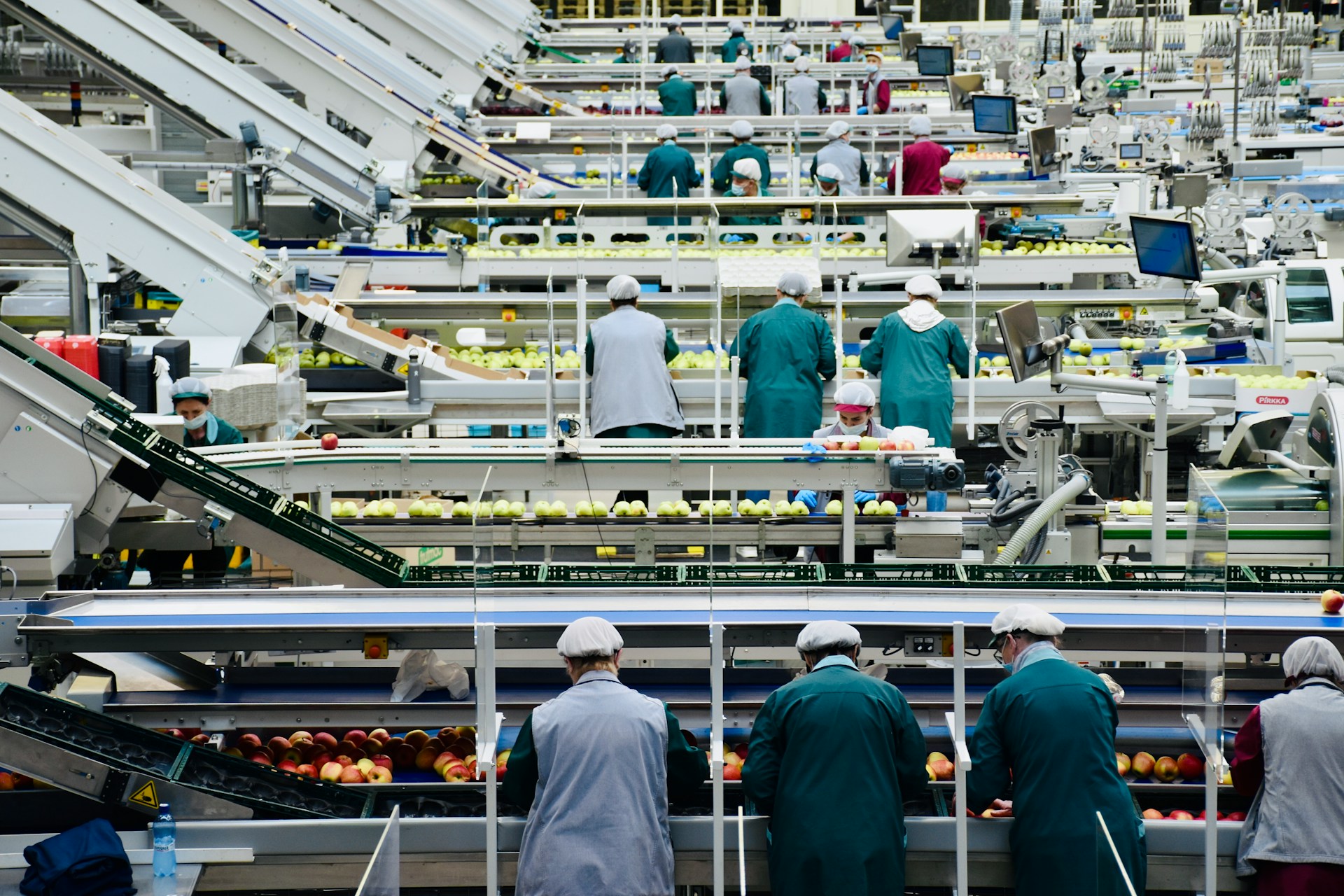



Revolutionized is reader-supported. When you buy through links on our site, we may earn an affiliate commision. Learn more here.
Many of today’s factories include advanced machines that fully or partially automate tasks. This equipment helps employees get more done in less time while reducing error rates and improving other desirable metrics. Robotic vision systems are also increasingly common and assist with quality control or other perception-based duties. What can decision-makers achieve by implementing them?
Robotic vision applications can help leaders transition away from time-consuming and error-prone steps performed manually. Even the most conscientious employees become tired, distracted or bored, which could result in quality control shortcomings.
Additionally, many factories continually face labor shortages. Those challenges create situations where fewer parties receive heavier workloads, increasing the chance of becoming overwhelmed and making mistakes. Porsche executives tackled those obstacles with a robotic defect detection system that examines freshly applied vehicle finishes for flaws.
The setup features a pair of sensor-equipped robot arms that scan the whole body-shell exterior of every car produced at the factory. They capture approximately 100,000 images during each 72-second inspection cycle. More specifically, the machine vision system takes one picture every 2.5 millimeters, producing a comprehensive picture of vehicle quality.
Then, 10 image-processing cameras look for defects, alerting team members to their locations down to the millimeter, displaying them on a 3D model. Although workers previously checked for defects by hand, this improvement automates it while supporting efficiency. Together, the scanning and image-evaluation processes take less than 100 seconds, illustrating why robotic vision systems enable scalability.
Manufacturing executives commonly face the daunting task of ramping up output without sacrificing quality. Succeeding is essential in tightly regulated industries, such as pharmaceuticals and food processing. Undetected issues in such environments risk lives and erode customer confidence, adversely affecting companies’ bottom line and overall competitiveness.
Producers use various methods to check products before the items leave factories. For example, X-rays penetrate packaging and soft foods, making them ideal for inspecting some consumables. Additionally, they represent a nondestructive testing method, allowing businesses to maintain tight quality control without resorting to examinations that make foods unsellable.
Some manufacturers have updated their approaches to include robotic vision systems. They work exceptionally well with dense or unusually shaped foods. Those become difficult to check in some circumstances, but technology can overcome the frequent obstacles. Executives also like installing these solutions on their assembly lines, which operate at high speeds, sometimes through the day and night.
In one case, an artificial intelligence-enabled robotic vision system checks instant noodles after various production steps to ensure consistency and detect issues such as greasiness, burnt ingredients and large holes affecting the product’s texture.
It inspects each serving of noodles within 80-100 milliseconds, checking both the top and bottom. This option achieves an accuracy rate of 99% for all defect types except for excessive grease. Those outcomes increase manufacturers’ confidence that robotic vision applications can support quality checks in challenging environments, helping them comply with regulations and earn customer loyalty.
Although many experts have analyzed whether robots will take people’s jobs, the more likely outcome at this point is that these machines will supplement employees. Then, workers are less likely to become tired or injured, and those new to their roles can get up to speed faster than they otherwise would.
Executives from a prefabricated home factory brought robotic vision systems into workflows to support employees creating those structures’ walls. They believed the technology could reduce employees’ workloads while simultaneously boosting output. The chosen solution combines a robotic cell with a gripper system and 3D cameras. It enables the semiautonomous production of wooden frameworks and the fully autonomous handling of wall element panels. The cameras are essential for confirming the positions of various pieces, facilitating their stacking on trolleys.
Decision-makers determined that their automation investments made the workplace more appealing to skilled workers because robots handle the tedious and physically demanding duties, letting them focus on the more enjoyable work. However, they also realized this machine vision application reduces waste because the setup improves material utilization.
One of the difficulties of some products made in modern facilities is that defects can occur at virtually any stage. The circumstances then become extremely complex for items made with dozens of steps. Similarly, the concealment of specific areas by labels can also pose challenges.
Production leaders from a battery plant addressed many of these matters with a quality assurance system that performs reliable checks on products of various sizes and shapes. The parties developing it also knew the products could become deformed, scratched or dented due to numerous specific process steps. Although the manufacturer previously did quality control checks after applying labels to batteries, that method hid some issues, meaning some below-standard products reached customers.
Fortunately, the resultant machine-vision solution offers 360-degree defect scanning and checks products before the labels go on them. Additionally, the system’s cameras capture almost 10,000 images per minute and identify abnormalities when found.
Then, batteries get automatically sorted according to whether they are flawless or contain defects. Those in the former category go to a second area for labeling. The system also contains strategically designed lighting that makes defects appear as shadows with a higher contrast to the surrounding areas, making them easy to see on the robotic vision system’s screen. Additionally, the setup can briefly intensify the light’s brightness by up to 300% for better visibility.
This case study shows the benefits of investing in custom-built machine vision systems that address clearly identified manufacturing needs. Although only some producers can afford such solutions, the numerous associated advantages make them worth exploring when feasible.
These examples demonstrate the many possible benefits of using machine vision technologies in factories today. However, decision-makers will get the best outcomes by strategically planning the implementation. Determining specifics such as the most impactful use cases, the company’s budget and how employees can benefit from the technology will set accurate expectations.
Additionally, these leaders should choose key performance indicators to track, monitoring them to analyze whether they need to tweak existing processes to better utilize the technology or if it is time to scale up how and where the company uses robotic vision systems.
Revolutionized is reader-supported. When you buy through links on our site, we may earn an affiliate commision. Learn more here.


This site uses Akismet to reduce spam. Learn how your comment data is processed.